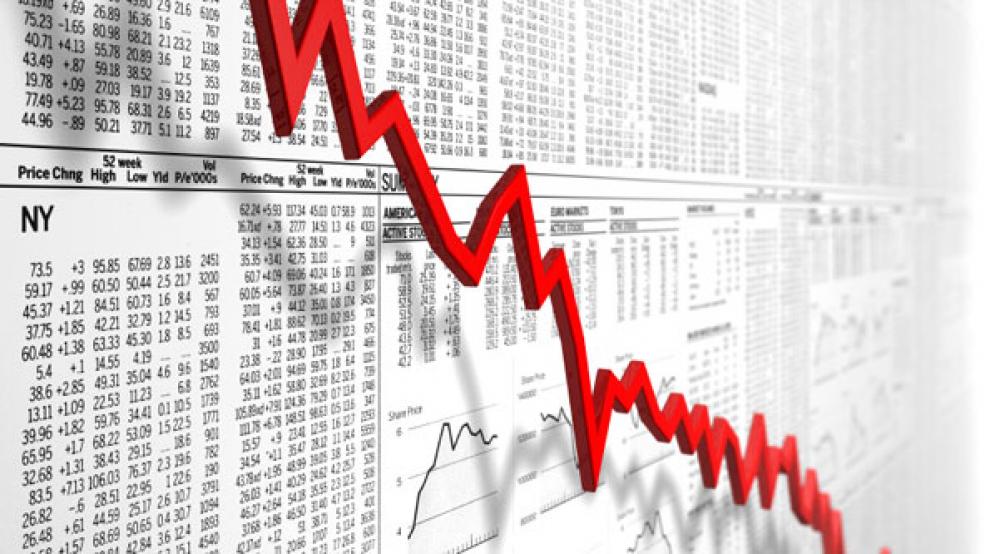Any investor who's read the fine print of his or her mutual fund prospectus is familiar with the phrase "past performance is no guarantee of future results," or something to that effect. Of course, very few investors ever actually read the fine print, but a recent report from the ratings agency Standard & Poor's makes a strong case they ought to.
The "Persistence Scorecard" is published twice a year by S&P Dow Jones Indices. It tracks the consistency of the top performing, actively managed U.S. mutual funds. Index and sector funds are not included in the sample. And survivorship bias — the tendency of analysts to throw out the results of funds that didn't survive the period of observation — is eliminated by using a database of funds from The University of Chicago's Center for Research in Security Prices as a baseline data source.
Related: Americans Are Still Idiots When It Comes to Investing
Several findings in particular stand out from the most recent edition of the scorecard, released last month. The details should be enough to convince even the most loyal and diehard investors that it's time to give up actively managed mutual funds and make the switch to passive, market-matching index funds:
- Less than four percent of the 687 funds studied from March 2012 through March 2014 managed to stay in the top quartile of performers. Only 18.66 percent of 1,372 funds studied for the same time period stayed in the top half.
- Out of 715 funds studied from March 2010 through March 2014, only 0.28 percent stayed in the top quartile of performers. Only 4.47 percent out of 1,431 funds studied for the same time period stayed in the top half.
In other words, even when actively managed funds perform extremely well, they’re not likely to sustain that performance for an extended period of time. “It is worth noting,” the S&P report said, “that no large-cap or mid-cap funds managed to remain in the top quartile at the end of the five-year measurement period.”
Instead, the best-performing funds were prone to becoming the worst-performing funds, and vice versa. And maybe not so surprising, the bottom 25 percent of funds were much more likely to be merged or liquidated for any time period or market-cap category studied.
Related: Why the Bond Market Is Poised for a Plunge
So actively managed mutual funds are not all they're made out to be, particularly by the companies trying to get you to invest your money in them. Why index funds then? As the name suggests, index funds simply track a benchmark, like the S&P 500, rather than try to beat the market; the Persistence Scorecard shows just how difficult it is for fund managers to perform consistently well over long periods of time, suggesting this is no easy task.
And with an index fund there's no fund manager actively trading stocks in and out of the fund — which costs money — so overall costs remain low. And since index funds mean to only match the market, there's never a worry of significantly underperforming it, let alone the potential weirdness of your fund flip-flopping between being a top performer and a bottom performer for no discernible reason.
The S&P 500 gained 29.6 percent in 2013. If you had money in a corresponding index fund, you did well. Of course, following the market doesn't mean you'll always do that well, but you'd have to consider yourself pretty lucky to think you — or a fund manager — could do much better.
Top Reads from The Fiscal Times:





